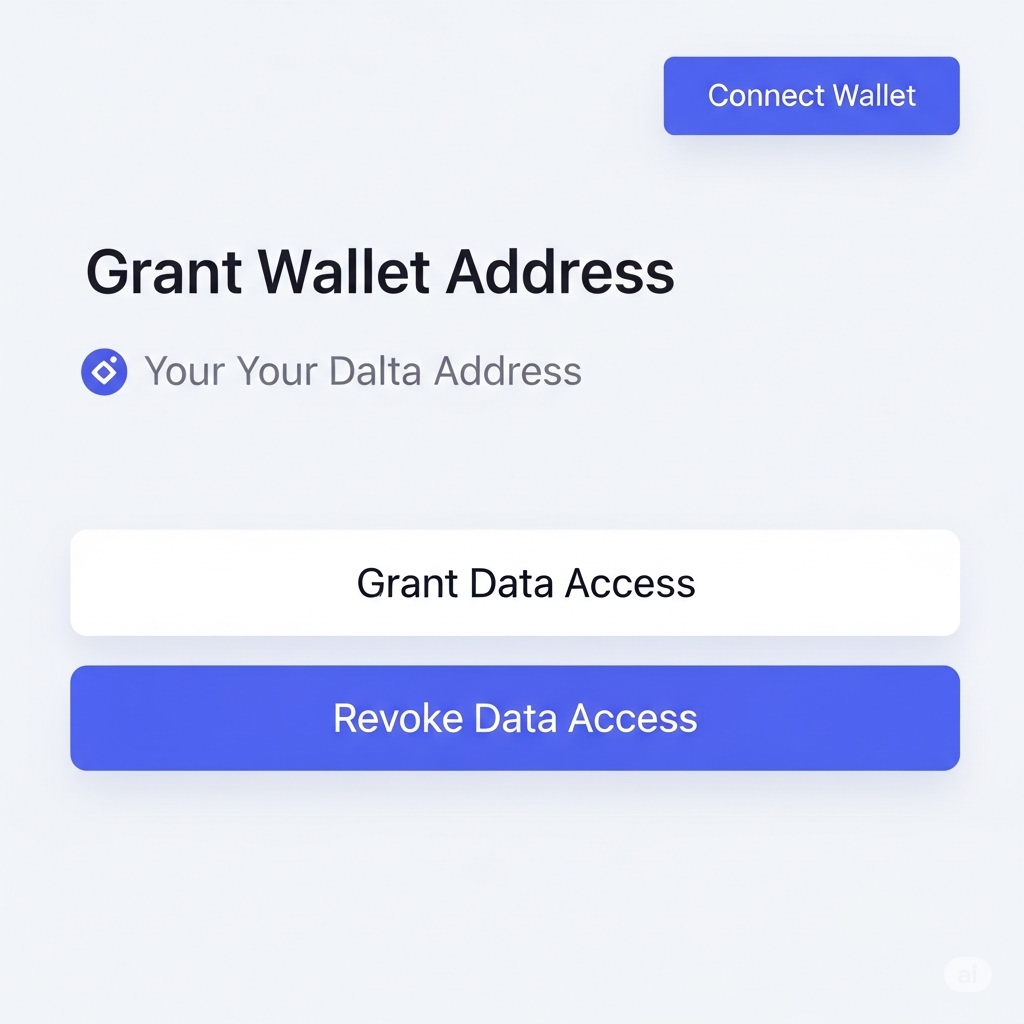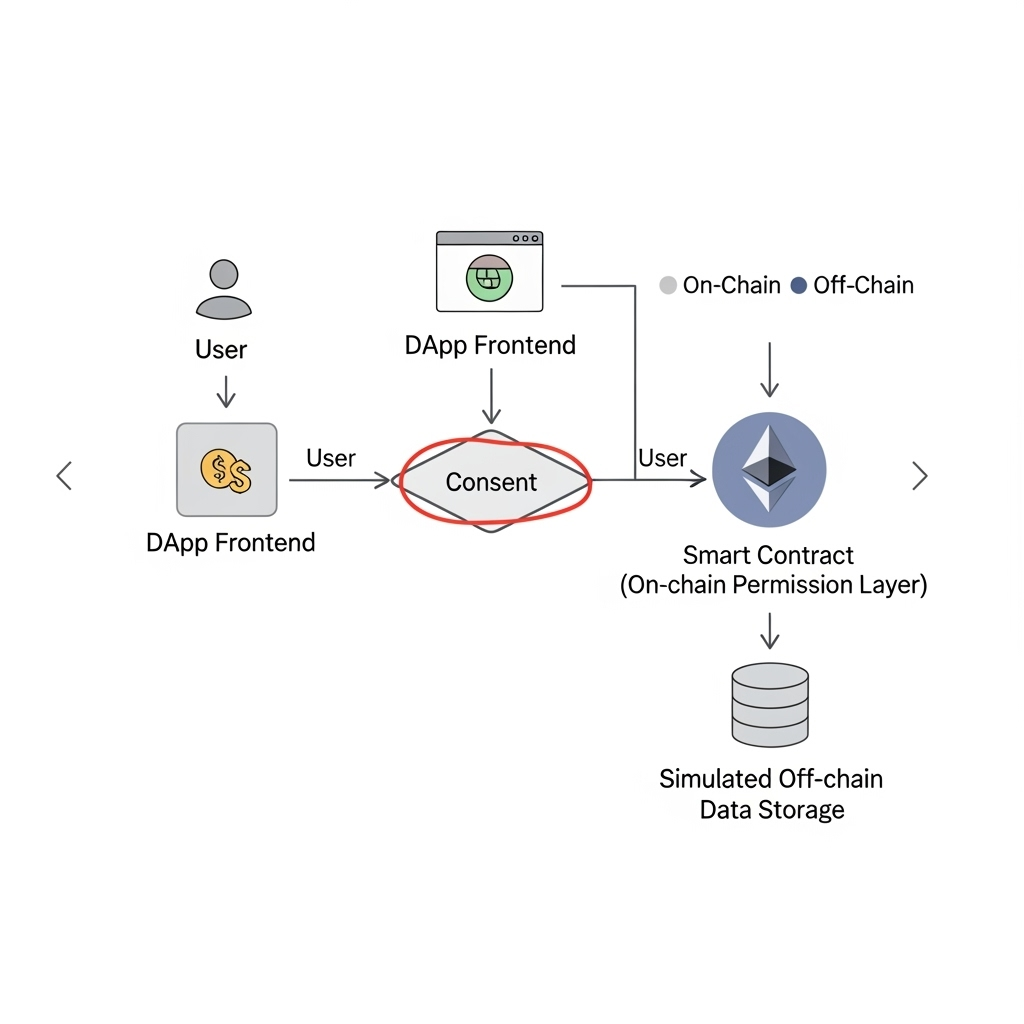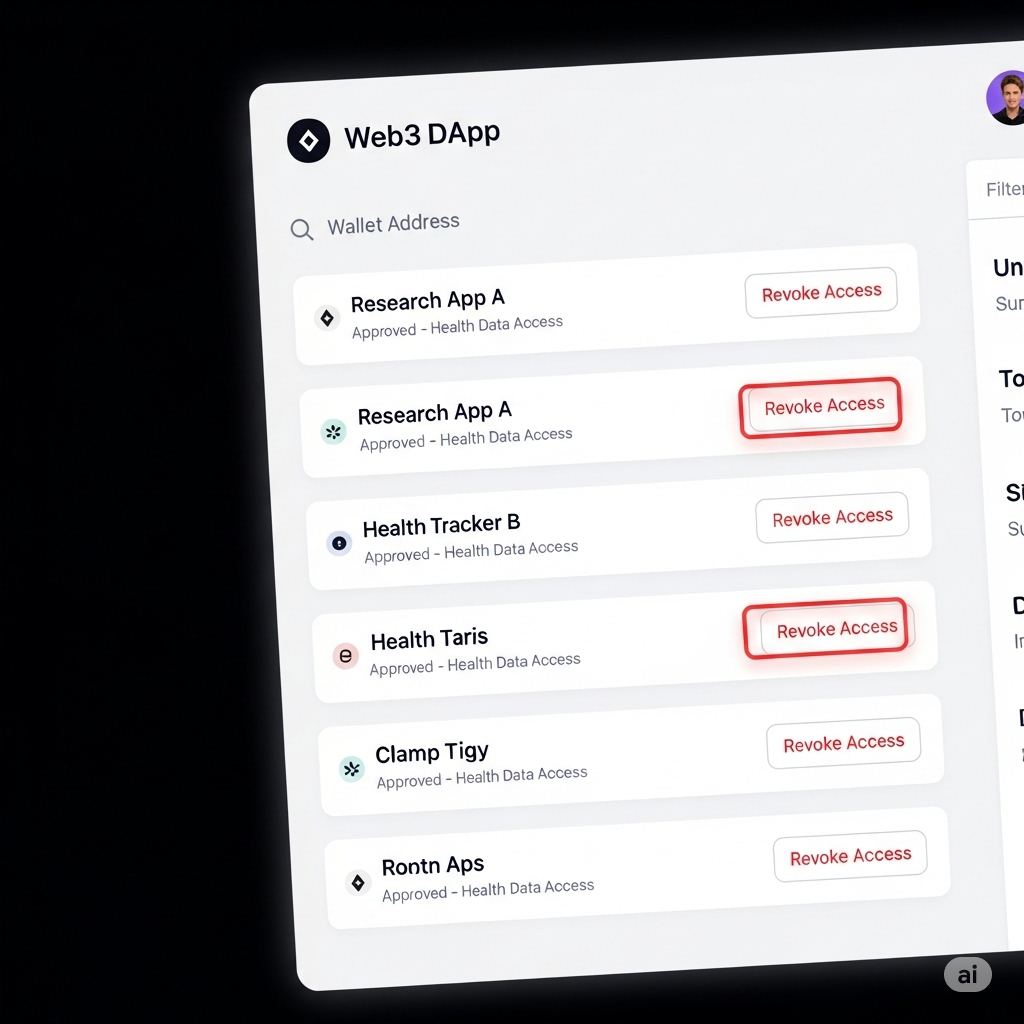Are you a budding developer, curious about the exciting world of Web3, AI, and data, but feeling a bit overwhelmed by where to start? Good news! The Tech Fairness Hackathon, co-hosted by @FAIR3xyz and @CarvOfficial, is the perfect launching pad for your innovation. This isn't just another hackathon; it's a chance to shape a fairer digital future.
And guess what? You don't need to be a blockchain guru to participate. We've got a beginner-friendly project idea that fits perfectly into the hackathon's mission and will help you get your feet wet in decentralized technologies.
In today's digital landscape, data is king. But often, the "kingdom" is centralized, meaning a few big players control vast amounts of information. This can lead to issues like opaque algorithms, privacy concerns, and creators not getting fair value for their contributions.
The Tech Fairness Hackathon aims to tackle these challenges head-on. It's about building a future where technology empowers individuals, ensures transparency, and distributes value equitably.
You can register for the hackathon here: https://www.hackquest.io/hackathons/Tech-Fairness-Hackathon?utm=inadv
This project focuses on Theme 1: Break the Mold – Redefining Web3 (Host: FAIR3), specifically aligning with Track 1.1: Technological Fairness. Our objective? To build a simple Decentralized Application (DApp) that allows users to fairly share their data with applications or researchers, while maintaining control and transparency over how their data is used.
Currently, when you use many online services, your data is collected and often used without clear consent or fair compensation. We want to empower individuals by giving them direct control over their personal data.
Our Fair Data Sharing DApp directly addresses several focus areas of the "Technological Fairness" track:
Data sovereignty & privacy preservation: Users explicitly grant permission for data access and can revoke it.
Sustainable individual revenue models in the AI era (potentially): While our basic version won't implement a full revenue model, it lays the groundwork for future iterations where users could be compensated for their data.
Decentralized creator infrastructure: It moves towards a more decentralized model of data control, away from centralized gatekeepers.
Here's how you can approach this project, even if you're new to Web3:
Choose Your Tools: For a beginner, a good starting point is a familiar web development framework (like React or Vue.js) for the frontend, and a simple Solidity smart contract for the backend logic. You can use development environments like Hardhat or Truffle for your smart contract.
User Interface (UI) Design: Create a simple webpage where users can connect their Web3 wallet (e.g., MetaMask). The UI should have clear buttons for "Share Data" and "Revoke Access."
Basic Smart Contract: Write a very basic Solidity smart contract. This contract won't store the actual data (that's too expensive on-chain for now), but it will manage permissions.
It could have a mapping to record which user (identified by their wallet address) has granted access to a specific application or researcher.
The following Functions would allow users to manage permissions.

Off-Chain Data Storage (for simplicity): Since storing large amounts of personal data directly on the blockchain is not practical for a beginner project, we'll simulate the "data sharing" off-chain.
Consent Mechanism: When a user clicks "Grant Data Access," your DApp would:
Trigger a transaction to your smart contract, recording the user's consent for a specific recipient.
Crucially: At this point, you'd simulate the actual data sharing. For a hackathon, you could simply display a message like "Data access granted to [Recipient Name]" or log it to the console. In a real application, you'd integrate with a secure off-chain storage solution (like IPFS or a decentralized database) and only allow access if the smart contract confirms consent.

Revoke Access Functionality: When a user clicks "Revoke Data Access," another transaction is sent to your smart contract, updating the permission status.
Transparency: Your DApp's UI should clearly show which applications or researchers have access to the user's data. This could be a simple list. This transparency is key to the "Technological Fairness" theme.

ReadMe File: Write a clear file for your project on GitHub. Explain what your DApp does, how to set it up, and how it aligns with the hackathon's themes.
Demo Video: Create a short video demonstrating your DApp in action.
Presentation: Prepare a brief presentation explaining your idea, its impact on fairness, and your future plans for the project.
If you feel confident and have time, here are some ideas to enhance your project:
Data Encryption: Implement basic encryption for the simulated off-chain data, where only authorized recipients (based on smart contract permissions) can decrypt it.
Token Gating: Imagine a future where users receive a small token or NFT as a "data share receipt," potentially enabling future compensation.
More Sophisticated Consent: Allow users to specify what specific types of data they are sharing (e.g., location data, health data) rather than just a blanket "access."
The Tech Fairness Hackathon is an incredible opportunity to learn, innovate, and make a real impact. Don't be intimidated by the terms; focus on solving a problem that resonates with you and align it with the hackathon's core principles.
Register now and start building! We can't wait to see what you create.
Register for the Hackathon Here!
Remember to tag @Hackquest_ and optionally @FAIR3xyz or @CarvOfficial when you share your progress